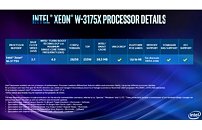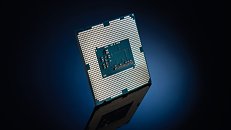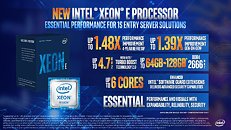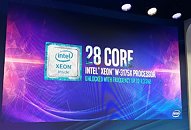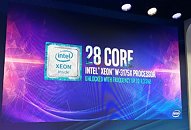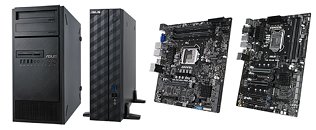
Intel Announces Next-Generation Acceleration Card to Deliver 5G
Today at Mobile World Congress (MWC) 2019, Intel announced the Intel FPGA Programmable Acceleration Card N3000 (Intel FPGA PAC N3000), designed for service providers to enable 5G next-generation core and virtualized radio access network solutions. The Intel FPGA PAC N3000 accelerates many virtualized workloads, ranging from 5G radio access networks to core network applications.
"As the mobile and telecommunications industry gears up for an explosion in internet protocol traffic and 5G rollouts, we designed the Intel FPGA PAC N3000 to provide the programmability and flexibility with the performance, power efficiency, density and system integration capabilities the market needs to fully support the capabilities of 5G networks," said Reynette Au, Intel vice president of marketing, Programmable Solutions Group.
"As the mobile and telecommunications industry gears up for an explosion in internet protocol traffic and 5G rollouts, we designed the Intel FPGA PAC N3000 to provide the programmability and flexibility with the performance, power efficiency, density and system integration capabilities the market needs to fully support the capabilities of 5G networks," said Reynette Au, Intel vice president of marketing, Programmable Solutions Group.















